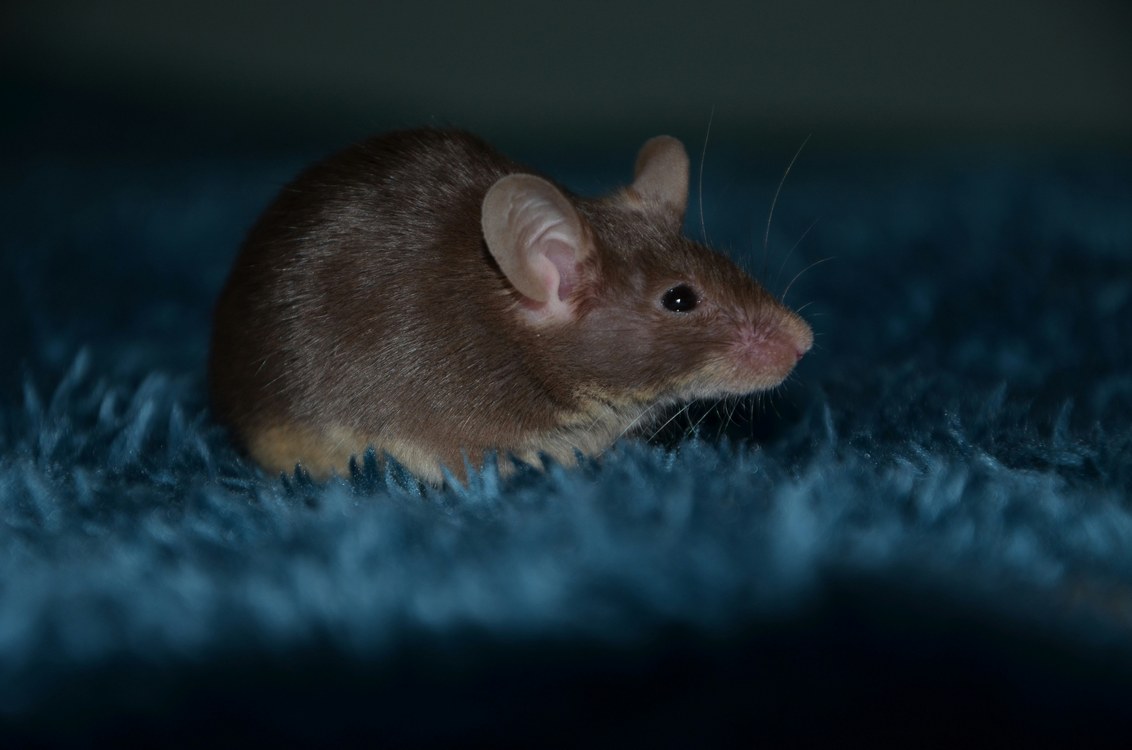From the dawn of life until now, an organism’s perception of light and dark has been an important trigger for biological responses. The rhythm of the day night cycle is known as a circadian rhythm, and in our own bodies these responses affect every major organ differently as well as all the bacteria which live on our skin and in our GI tract.
Perhaps it’s unsurprising then that an exposure to bright blue light during the darkness has been shown in a new paper in Nature Neuroscience to change the neurological state of rats into what looks like rat depression.
Two hour doses of blue light after dark for several weeks was found to gradually increase symptoms of depression in rats which the researchers measured by their reduced desire for sugar and decreased urgency to escape perceived danger. Amazingly the effects were observed to linger sometimes up to 3 weeks after the experiment was concluded.
It’s been hypothesized that exposure to blue light such as from car headlights or devices after sundown is either associated with or directly responsible for changes in mood in humans. What is noteworthy is that the paper found a neurological pathway, which has gone unidentified, that could be responsible for these changes in mood which the study indicates have long been observed.
In the study the authors highlighted a neural pathway that could explain these result: a connection between a specific type of light receptor in the retina to two brain areas. After identification, the authors found that when they blocked the connection between these two areas, it prevented the behavioral changes induced by blue-light exposure at night-time.
The light from the sun is on the blue side of the spectrum, and a kind of photoreceptor in our eyes called the rhodopsin detects the properties of photons and uses this information to help set the master clock in the brain located in a region called the suprachiasmatic nucleus.
When viewing blue light during the darkness, different organs in your body begin to send different biological signals about whether it’s day or night, and what state the metabolism and other systems should be in.
Contrastingly to the paper, light exposure therapy in humans during the daytime actually has the opposite effect, says Tian Xue and his colleagues, and a different study in 2015 found inhibition of prostate cancer growth resulting from enhanced melatonin secretion at night brought about by excessive blue light exposure during the day.
“Light therapy applied in the daytime can have antidepressant effects in people with depression,” writes Xue.
“If light activates the same pathway in humans, these findings could explain why exposure to excessive night-time light is associated with depressive symptoms”.



